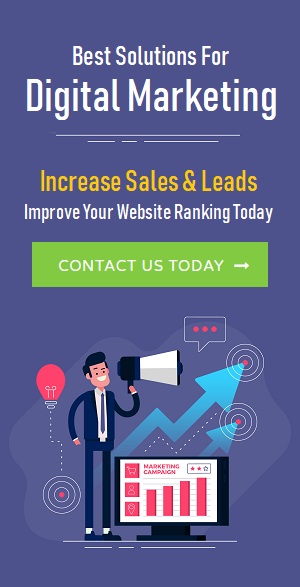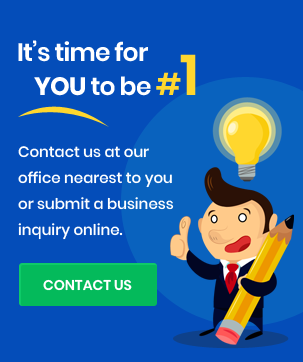Bounce rate refers to the percentage website visitors who navigate away just after coming over any webpage. Any webmaster can easily determine this percentage of users bouncing from the web page by making use of Google Analytics.
As every website wants to retain and engage users and try to make users stay between their pages, bounce rate happens to be a really serious consideration. It is not only important in respect of user experience and engagement but also in regard to SEO. Actually all your SEO efforts are wasted if majority of users just leave after coming on page. You can take control of this bounce rate in more than one ways. Here we are going to provide 10 effective ways to reduce bounce rate in your website.
Table Of Content:
1) Increasing Page Loading Speed
Mobile users always been intolerant to slow web pages and now the mobile web has almost become synonymous to web as a whole, websites with slow page speed are experiencing higher bounce rate than ever. Some statistics confirm this aspect. A recent report by Sean Work revealed that 47% of users want a web page to load in at least 2 seconds or less than that, while a whopping 40% of users just decide to leave a page if it takes longer than 3 seconds to load. The same study also revealed that just delay in page loading for one second can translate into a 7% reduced business conversion. The plain truth is users are always restless and if you cannot serve them first they are very likely to go elsewhere.
A Good portion of this bounced user pool actually never come back to the site. As for solution to this problem there is quite a few like,
● Less design clutter and simple design that can be loaded faster even in times of server load.
● Optimize heavier contents like the video and images to help them load faster.
● Tracking the page loading speed and identifying elements that load at slower pace.
● Using Content Delivery Networks or CDNs.
2) Using Visual Design
Suddenly a vast majority of websites from every niche are adopting to visual design. Either through the use of full blown background images or through the use of beautiful typography or through use of graphic interface, in more than one ways the emphasis on visual is growing. Today across the websites strategic implementation of images, colors, fonts, graphics, animations and other elements has become crucial for grabbing attention and engaging users.
Maintaining consistency, emotionally connecting users and intuitively guiding users through the use of visual elements, these 3 aspects are most important to offer an interesting look and feel of your website. When users feel staying on your web pages interesting they are less likely to go elsewhere.
3) Optimize ‘Call to Action’
After all, users visit a website for specific purposes and f the site fails to establish such purpose with proper call to action buttons, users may not be interested to stay longer in your pages. Absence of proper call to action buttons result in higher bounce rate. CTA buttons should always be placed in a prominent area with all the color and contrast elements adjusted to it. Moreover a ‘search’ function is equally important to save users from getting lost. Let us offer below some effective tips in this respect.
● A/B testing color: CTA buttons can be more effective with the use of appropriate color and contrast. In A/B testing of color elements, you can easily know what suits your CTA best.
● Use of negative space: To add to the prominence of CTA buttons you can make use of lot of white or negative space helping the buttons to have more prominence.
4) Optimize Content for Quick Scanning
Today, most users upon arriving on a web page likes to scan the web page with quick glance rather than reading long drawn-out text. So, besides optimizing readability you must ensure than the content can be easily glanced and scanned by the users. Rather than presenting contents in long paragraphs you can enhance readability and ability to scan the content by splitting passages into meaningful small sections. Use of sub-headings, bullet points, and infographics can add to the ease of quick glance perception. You can also utilize bold keywords but avoid overdoing this.
If readable and engaging content is missing from your pages, that could be the main reason to experience bounce rates in your website. Users can only find your site interesting and can decide to stay on the page if the content can be grasped quickly at a glance. Unlike an academic texts, there is hardly any need here of large volume of texts. Rather providing them the points and the logical elements can be more effective. Here are some tips to optimize content for quick scanning.
● Focus on headings and subheadings.
● Make use of bullet points enhance readability and at a glance perception.
● Make your content interactive with questions to ask, gamified environment to allow competition, etc.
● Encourage users to interact and give feedback regarding the website.
5) More Landing Pages
User expectations are tremendously variable and naturally just with a single landing page one cannot hope to address all aspects. Often ‘one size fit all’ kind of approach in landing page enhances the bounce rate to a great extent. For instance, a retail business can try to control bounce rate of users outside of its present location by segmenting traffic as per home and outside locations. Such segmentation of users on different aspects can lower the bounce rate.
Call us at +91-9205356986 or mail us at info@linkbuildingcorp.com
Never miss a story..!!
Grab the Latest link building, seo, content News, Tips, Updates & Trends..!!
Want to share your thoughts with our readers? Learn how to become a contributing author

